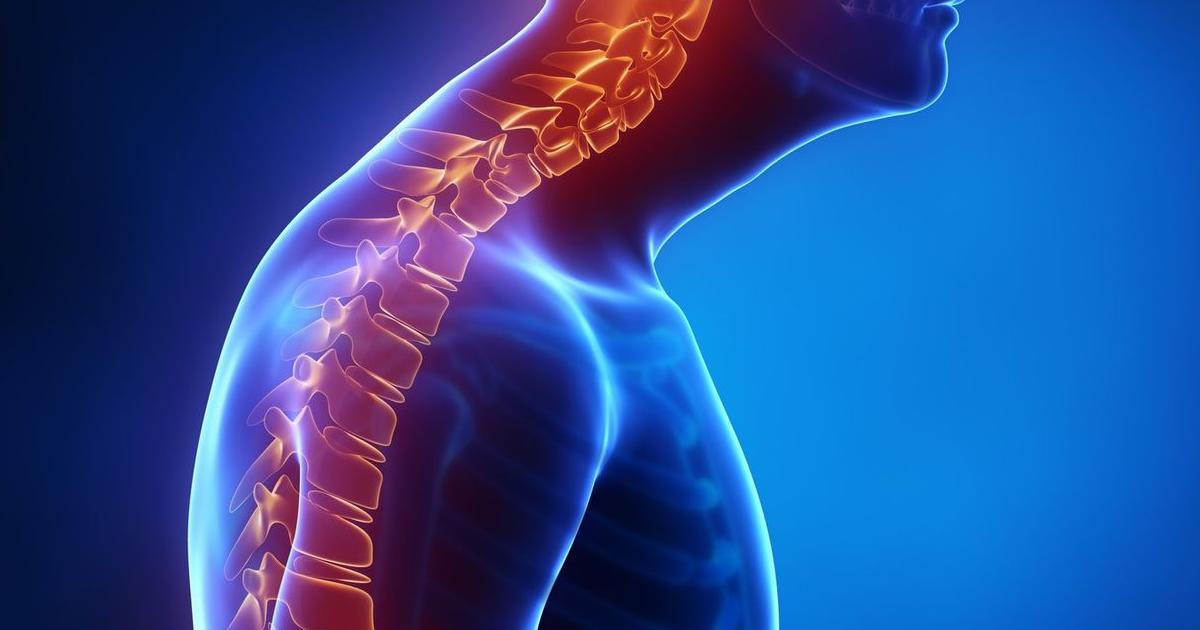Common Causes And Complications Of Kyphosis
Scheuermann's Disease

Scheuermann's disease is a childhood skeletal disorder in which the vertebrae or bones of the spine develop unevenly. This disorder is a developmental form of kyphosis, meaning it happens during an individual's growth. The unevenness that occurs in Scheuermann's disease is characterized by vertebral growth that exhibits a posterior angle greater than its anterior angle. This uneven development results in the vertebrae becoming shaped like a wedge. The compounding structure of several wedge-shaped vertebrae is what triggers kyphosis. Kyphosis caused by this disease is referred to as Scheuermann's kyphosis.
The cause of Scheuermann's disease is related to mutations of specific genes. Scheuermann's kyphosis usually results in a considerably worse deformity than those that occur in kyphosis cases caused by other factors. This type of kyphosis is best treated when a child is young enough to where the use of a back brace and physical therapy can stop or reverse the condition before it becomes progressively severe. In other cases, this disease cannot be successfully treated with the use of physical therapy and back braces, so surgical procedures to stabilize the spine may be necessary.
Get familiar with more complications and causes of kyphosis now.